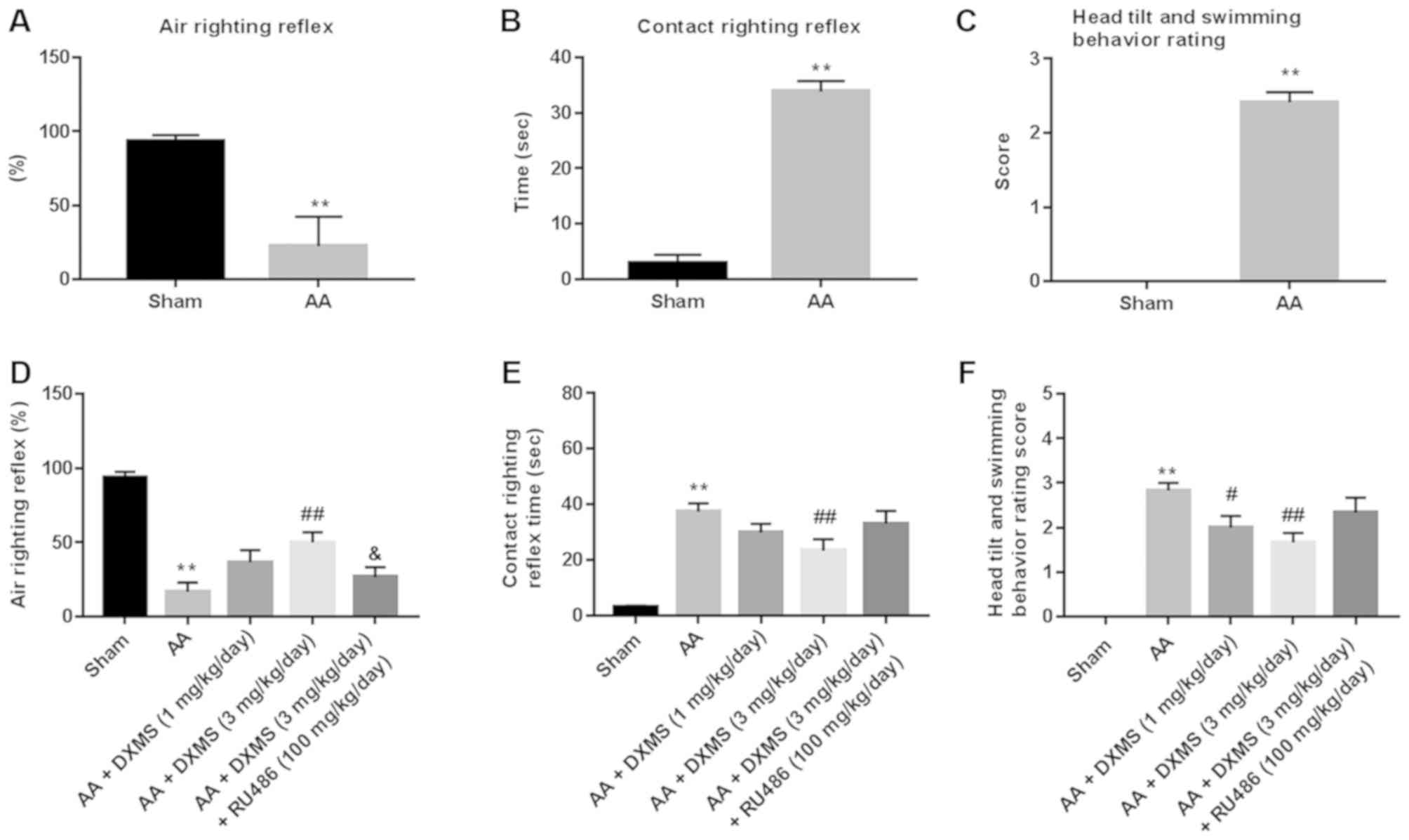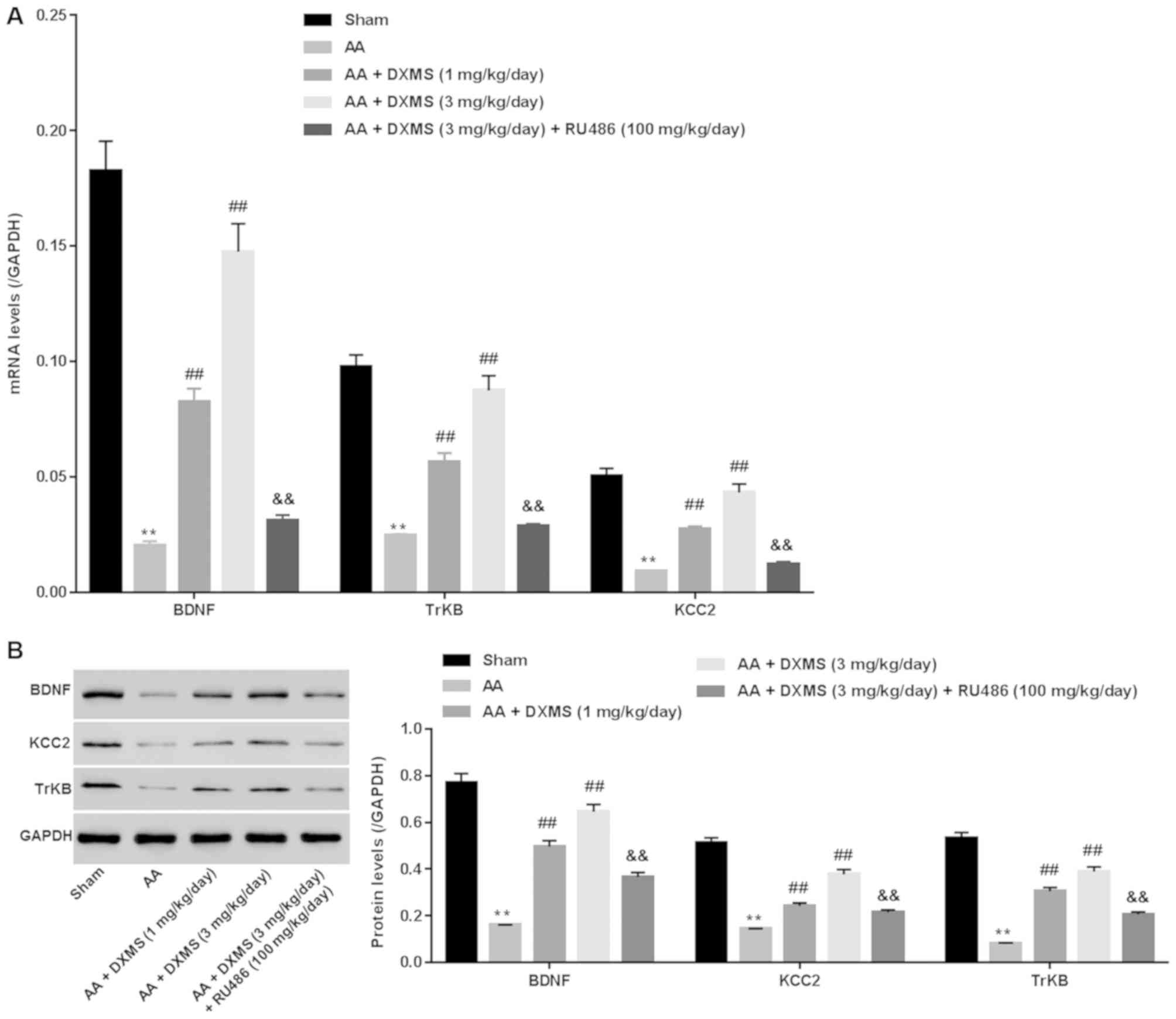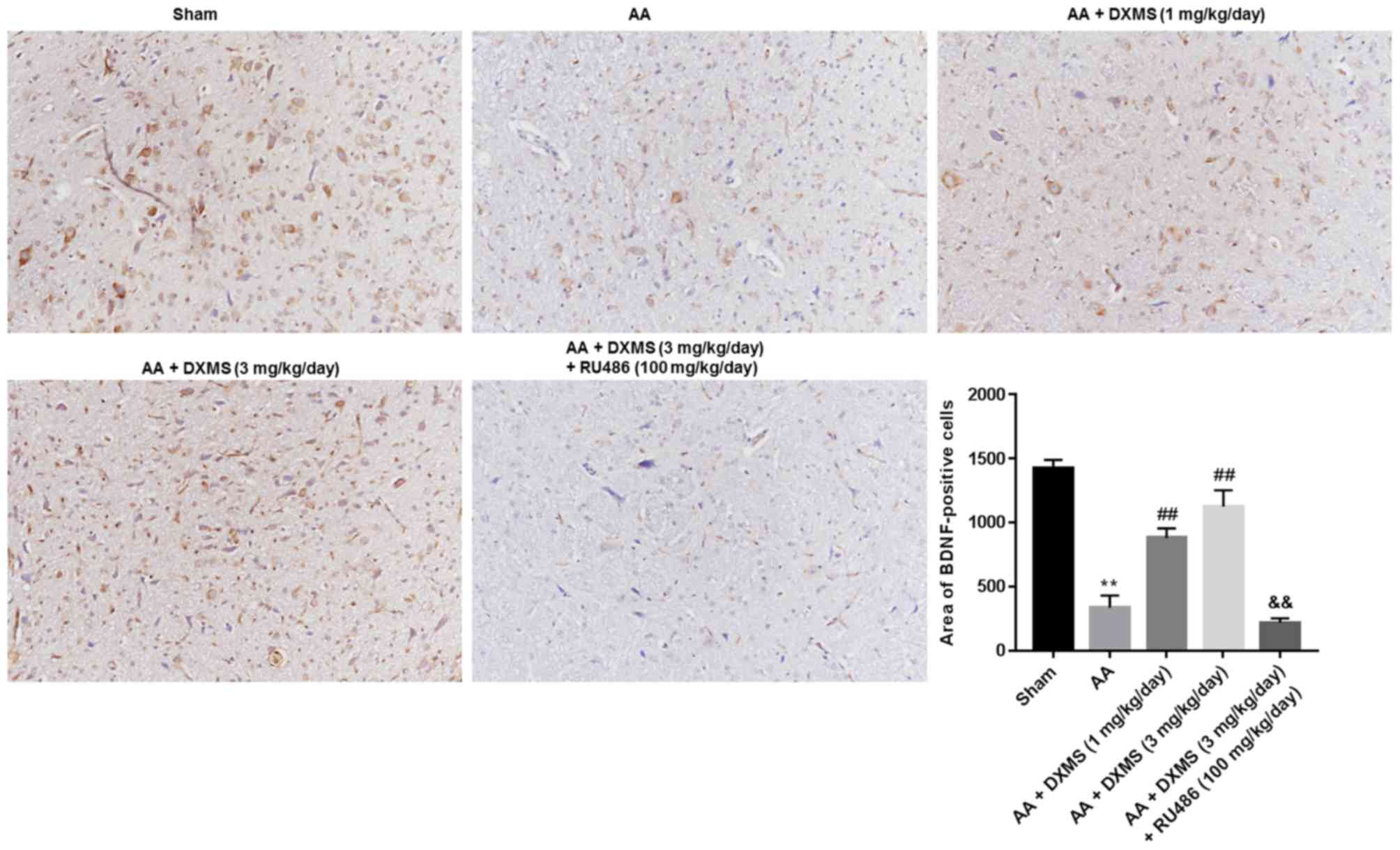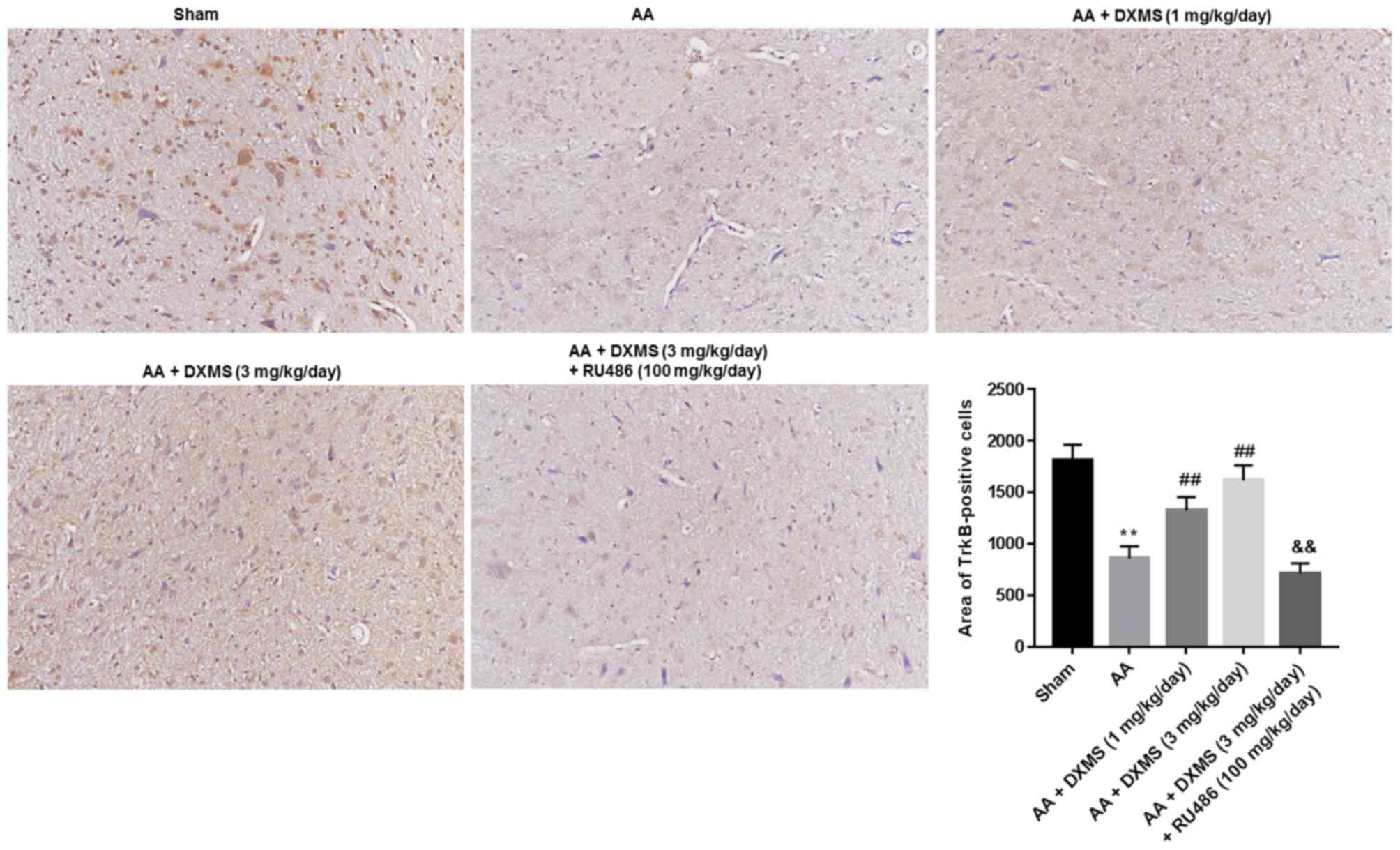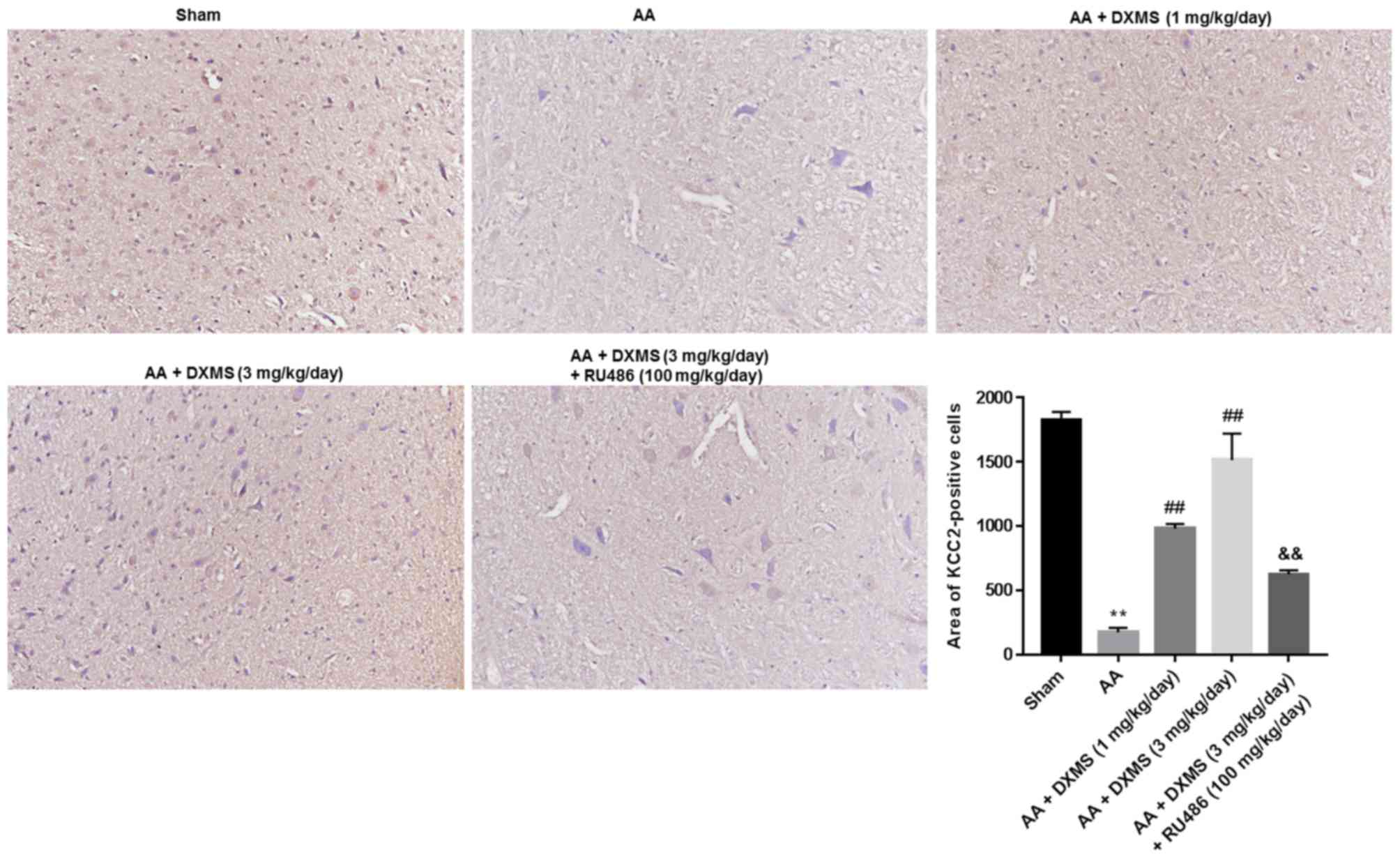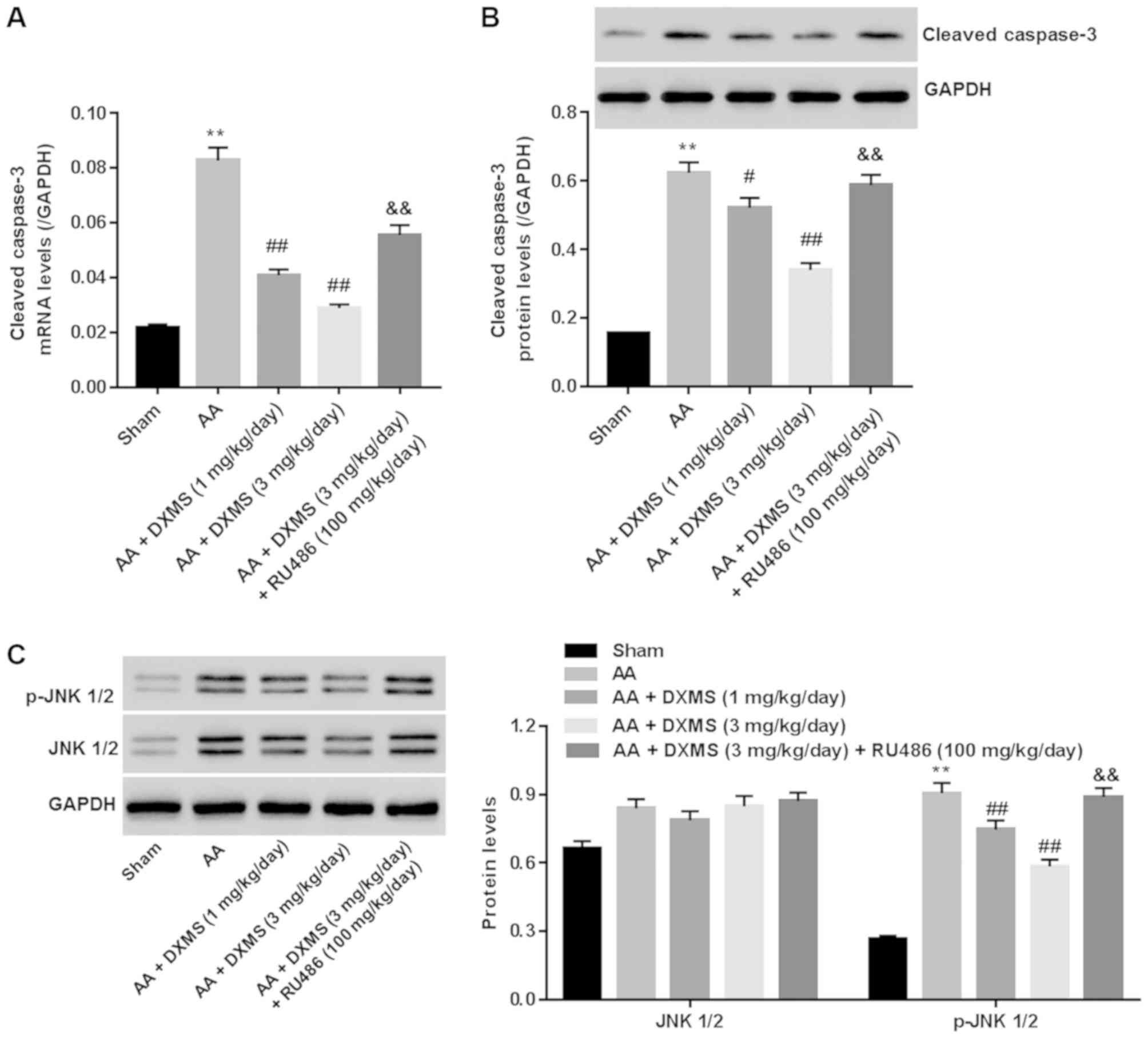|
1
|
Cullen K and Sadeghi S: Vestibular system.
Scholarpedia. 3:2008. View Article : Google Scholar
|
|
2
|
Borel L, Lopez C, Péruch P and Lacour M:
Vestibular syndrome: A change in internal spatial representation.
Neurophysiol Clin. 38:375–389. 2008. View Article : Google Scholar : PubMed/NCBI
|
|
3
|
Hotson JR and Baloh RW: Acute vestibular
syndrome. N Engl J Med. 339:680–685. 1998. View Article : Google Scholar : PubMed/NCBI
|
|
4
|
Wu X, Cai J, Li X, Li H, Li J, Bai X, Liu
W, Han Y, Xu L, Zhang D, et al: Allicin protects against
cisplatin-induced vestibular dysfunction by inhibiting the
apoptotic pathway. Eur J Pharmacol. 805:108–117. 2017. View Article : Google Scholar : PubMed/NCBI
|
|
5
|
Zhou L, Zhou W, Zhang S, Liu B, Liang P,
Zhou Y, Zhou T, Zhang K, Leng Y and Kong W: BDNF signaling in the
rat cerebello-vestibular pathway during vestibular compensation:
BDNF signaling in vestibular compensation. FEBS J. 282:3579–3591.
2015. View Article : Google Scholar : PubMed/NCBI
|
|
6
|
Tyler WJ and Pozzo-Miller L: Miniature
synaptic transmission and BDNF modulate dendritic spine growth and
form in rat CA1 neurones. J Physiol. 553:497–509. 2003. View Article : Google Scholar : PubMed/NCBI
|
|
7
|
Dutheil S, Watabe I, Sadlaoud K, Tonetto A
and Tighilet B: BDNF signaling promotes vestibular compensation by
increasing neurogenesis and remodeling the expression of
potassium-chloride cotransporter KCC2 and GABAA receptor in the
vestibular nuclei. J Neurosci. 36:6199–6212. 2016. View Article : Google Scholar : PubMed/NCBI
|
|
8
|
Botelho F, Lai C, Shum D and Chan Y:
BDNF-mediated GABAergic transmission in the rat vestibular nucleus
regulates the developmental recognition of spatial orientation. The
2012 Annual Meeting of the Society for Neuroscience: 735.11/A55.
2012.
|
|
9
|
Willson ML, Mcelnea C, Mariani J, Lohof AM
and Sherrard RM: BDNF increases homotypic olivocerebellar
reinnervation and associated fine motor and cognitive skill. Brain.
131:1099–1112. 2008. View Article : Google Scholar : PubMed/NCBI
|
|
10
|
Gómez-Casati ME, Murtie JC, Rio C,
Stankovic K, Liberman MC and Corfas G: Nonneuronal cells regulate
synapse formation in the vestibular sensory epithelium via
erbB-dependent BDNF expression. Proc Natl Acad Sci USA.
107:17005–17010. 2010. View Article : Google Scholar : PubMed/NCBI
|
|
11
|
He YY, Zhang XY, Yung WH, Zhu JN and Wang
JJ: Role of BDNF in central motor structures and motor diseases.
Mol Neurobiol. 48:783–793. 2013. View Article : Google Scholar : PubMed/NCBI
|
|
12
|
Trune DR and Canlon B: Corticosteroid
therapy for hearing and balance disorders. Anat Rec (Hoboken).
295:1928–1943. 2012. View
Article : Google Scholar : PubMed/NCBI
|
|
13
|
Strupp M, Zwergal A, Feil K, Bremova T and
Brandt T: Pharmacotherapy of vestibular and cerebellar disorders
and downbeat nystagmus: Translational and back-translational
research. Ann N Y Acad Sci 1343. 27–36. 2015. View Article : Google Scholar
|
|
14
|
Wegner I, van Benthem PP, Aarts MC,
Bruintjes TD, Grolman W and van der Heijden GJ: Insufficient
evidence for the effect of corticosteroid treatment on recovery of
vestibular neuritis. Otolaryngol Head Neck Surg. 147:826–831. 2012.
View Article : Google Scholar : PubMed/NCBI
|
|
15
|
Yamanaka T, Sasa M, Amano T, Miyahara H
and Matsunaga T: Role of glucocorticoid in vestibular compensation
in relation to activation of vestibular nucleus neurons. Acta
Otolaryngol Suppl. 519:168–172. 1995. View Article : Google Scholar : PubMed/NCBI
|
|
16
|
Zhi-Yuan LI: An animal model of
experimental vestibular dysfunction by intratympanically injecting
arsanilic acid in mice. J Pharm Pract. 26:427–429. 2008.
|
|
17
|
Livak KJ and Schmittgen TD: Analysis of
relative gene expression data using real-time quantitative PCR and
the 2(-Delta Delta C(T)) method. Methods. 25:402–408. 2001.
View Article : Google Scholar : PubMed/NCBI
|
|
18
|
Bonny C, Borsello T and Zine A: Targeting
the JNK pathway as a therapeutic protective strategy for nervous
system diseases. Rev Neurosci. 16:57–67. 2005. View Article : Google Scholar : PubMed/NCBI
|
|
19
|
Felszeghy K, Banisadr G, Nyakas C and
Haour F: Dexamethasone downregulates chemokine receptor CXCR4 and
exerts neuroprotection against Hypoxia/ischemia-induced brain
injury in neonatal rats. Neuroimmunomodulation. 11:404–413. 2004.
View Article : Google Scholar : PubMed/NCBI
|
|
20
|
Zhang Z, Zhang Z, Artelt M, Burnet M and
Schluesener HJ: Dexamethasone attenuates early expression of three
molecules associated with microglia/macrophages activation
following rat traumatic brain injury. Acta Neuropathol.
113:675–682. 2007. View Article : Google Scholar : PubMed/NCBI
|
|
21
|
Du XD, Li H and Liao L: Experimental study
on protective effects of dexamethasone on traumatic brain injury in
rats. Sichuan Da Xue Xue Bao Yi Xue Ban (Chinese). 40:486–489.
2009.
|
|
22
|
Zhang Z, Fauser U and Schluesener HJ:
Early attenuation of lesional interleukin-16 up-regulation by
dexamethasone and FTY720 in experimental traumatic brain injury.
Neuropathol Appl Neurobiol. 34:330–339. 2008. View Article : Google Scholar : PubMed/NCBI
|
|
23
|
Breivik T, Thrane PS, Gjermo P and Opstad
PK: Glucocorticoid receptor antagonist RU 486 treatment reduces
periodontitis in Fischer 344 rats. J Periodontal Res. 35:285–290.
2000. View Article : Google Scholar : PubMed/NCBI
|
|
24
|
Ning Q, Yang H, Li E, Li C and Xu C:
Effect of corticosterone on the activity and gene expression of
ornithine decarboxylase in rat regenerating hepatocytes. Dong Wu
Xue Bao. 50:778–783. 2004.
|
|
25
|
Rivera C, Li HCJ, Lahtinen H, Viitanen T,
Nanobashvili A, Kokaia Z, Airaksinen MS, Voipio J, Kaila K and
Saarma M: BDNF-induced TrkB activation down-regulates the K+-Cl-
cotransporter KCC2 and impairs neuronal Cl- extrusion. J Cell Biol.
159:747–752. 2002. View Article : Google Scholar : PubMed/NCBI
|
|
26
|
Mcbride CB, Mcphail LT and Steeves JD:
Emerging therapeutic targets in caspase-dependent disease. Expert
Ther Targets. 3:391–411. 1999.
|
|
27
|
Repici M and Borsello T: JNK pathway as
therapeutic target to prevent degeneration in the central nervous
system. Adv Exp Med Biol. 588:145–155. 2006. View Article : Google Scholar : PubMed/NCBI
|
|
28
|
Shuto M, Higuchi K, Sugiyama C, Yoneyama
M, Kuramoto N, Nagashima R, Kawada K and Ogita K: Endogenous and
exogenous glucocorticoids prevent trimethyltin from causing
neuronal degeneration of the mouse brain in vivo: Involvement of
oxidative stress pathways. J Pharmacol Sci. 110:424–436. 2009.
View Article : Google Scholar : PubMed/NCBI
|



